When it comes to sculpting powerful, well-shaped glutes, the single leg press is one of the most underrated tools in the gym. While often overshadowed by squats and deadlifts, this unilateral movement offers a unique blend of muscle isolation, strength development, and stability training—all crucial elements for effective lower body workouts.
In this guide, we’ll explore why the single leg press is a smart move for glute-focused training, how to properly execute it, and how foot placement can make all the difference.
Why the Single Leg Press Targets the Glutes So Well
The single leg leg press emphasizes glute activation in a way that traditional bilateral leg presses often can’t. When you press with one leg, your body is forced to stabilize, engage the core, and recruit more muscle fibers in the working glute to compensate for the lack of support from the opposite side.
Benefits include:
-
Isolated glute engagement: Especially useful for those with imbalances between sides.
-
Improved symmetry: Helps correct dominant leg compensation issues.
-
Increased range of motion: One leg at a time allows for deeper pressing angles and better glute stretch.
Key Form Tips for Glute-Focused One-Leg Pressing
Form is everything when your goal is targeted glute work. Follow these key principles:
-
Seat Position: Adjust the seat so your knee forms a 90-degree angle at the start. Too close, and your knee will dominate the movement. Too far, and the glute won’t engage as fully.
-
Back Support: Keep your lower back flat against the pad to avoid lumbar strain.
-
Controlled Tempo: Lower the weight slowly and drive up with intention. Don’t bounce.
Foot Placement for Maximum Glute Activation
This is where many lifters miss the mark. Your foot position on the press platform directly influences which muscles bear the brunt of the load.
-
High and wide placement: This is optimal for glute engagement. Placing your foot higher on the platform reduces quad involvement and increases the stretch and activation of the glutes and hamstrings.
-
Avoid low foot placement: While this targets the quads more, it minimizes glute activation and may stress the knees unnecessarily.
-
Toes slightly pointed out: Encourages natural hip alignment and deeper glute activation.
Single vs. One-Leg Press: What's the Difference?
Whether it’s called a single leg press, one leg leg press, or glute press, the core principle remains the same: using one leg to move the weight while the other remains inactive or assists slightly for balance. Some machines may label the movement differently, but the technique and benefits are consistent.
Common Mistakes to Avoid
-
Letting the knee collapse inward: This places strain on the joint and reduces glute activation. Always track the knee in line with your toes.
-
Using too much weight: Quality reps with lighter weight beat ego lifting every time—especially for glute work.
-
Inconsistent range of motion: Short reps mean fewer gains. Focus on full extension and a deep, controlled press.
Progression Tips
To build stronger, more defined glutes over time:
-
Add tempo variations: 3-second eccentrics (lowering) can drastically increase time under tension.
-
Superset with glute bridges or kickbacks for a focused burn.
-
Use resistance bands above the knees for added glute medius activation.
Final Thoughts
Whether you're aiming to build strength, correct muscle imbalances, or simply carve out more shape in your glutes, the single leg press deserves a place in your routine. Its ability to isolate each side, challenge stability, and stretch the glutes under load makes it a powerful tool for lower body transformation.


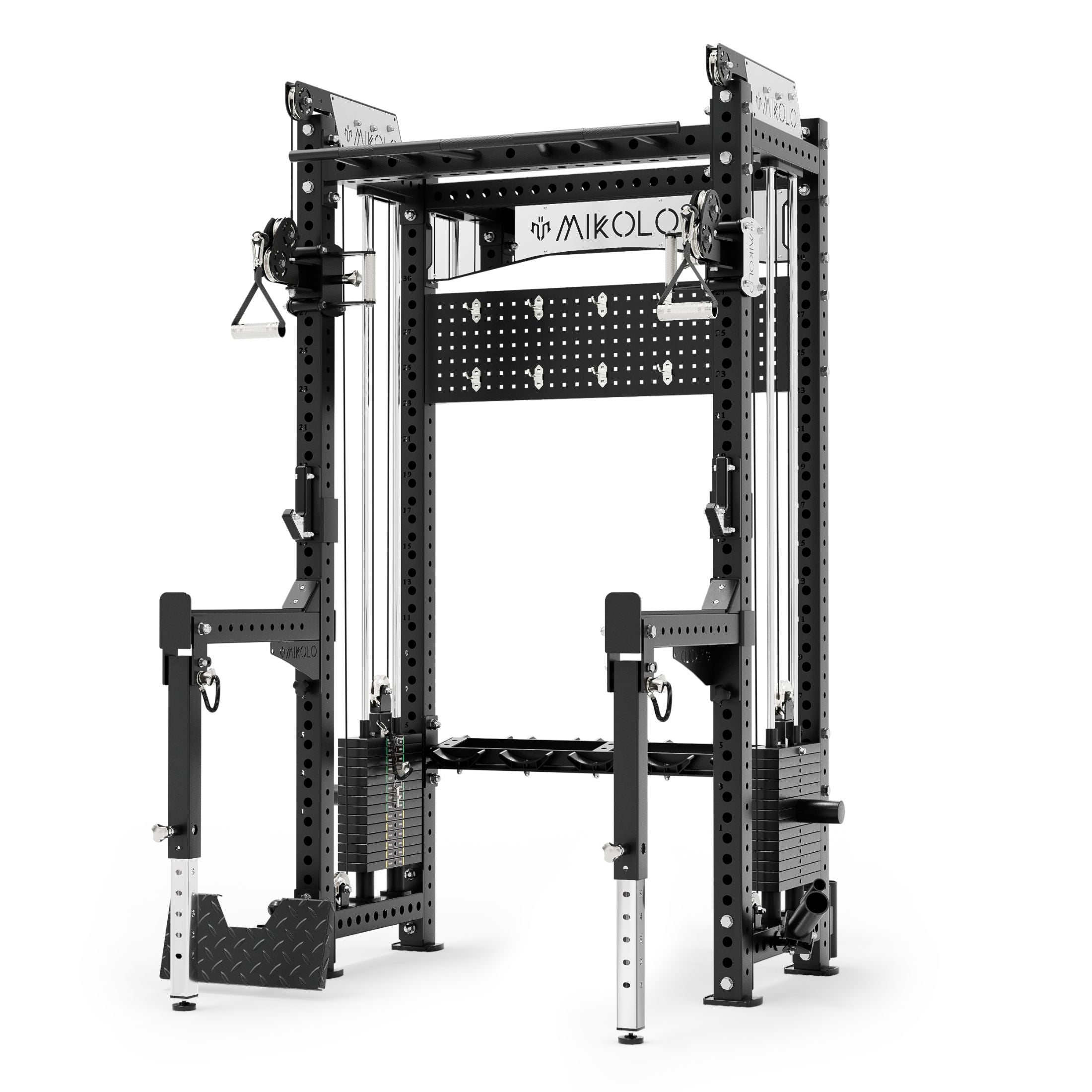
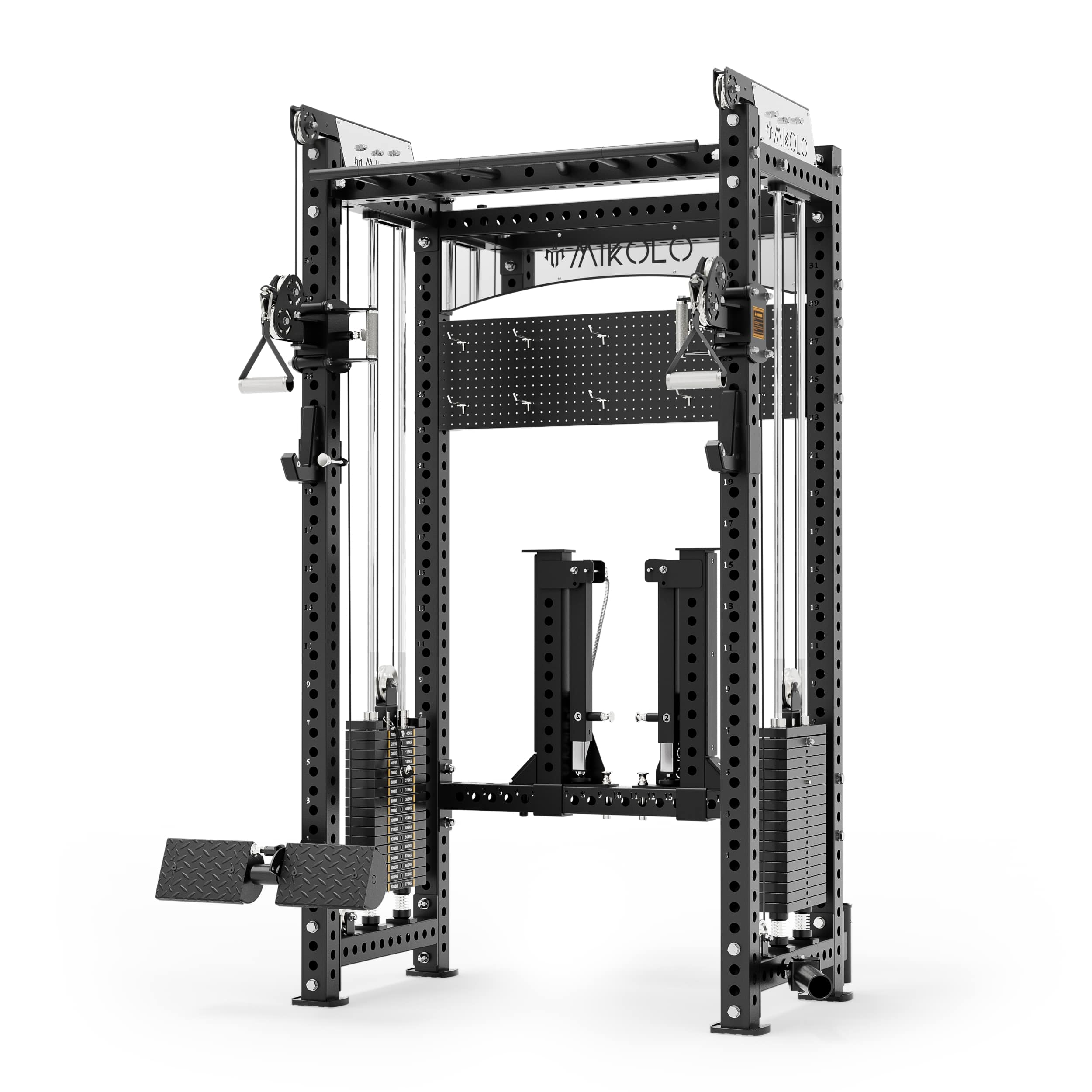
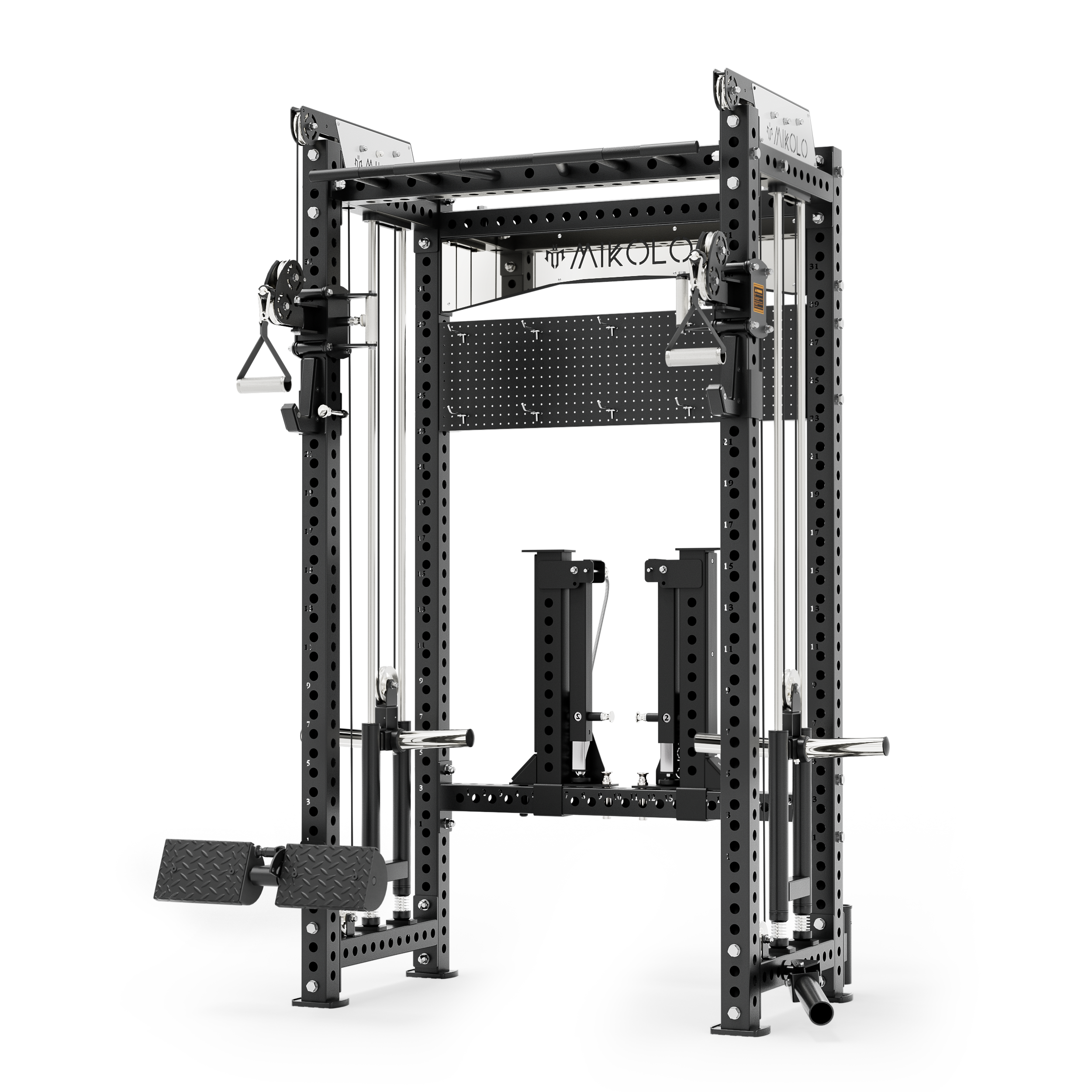


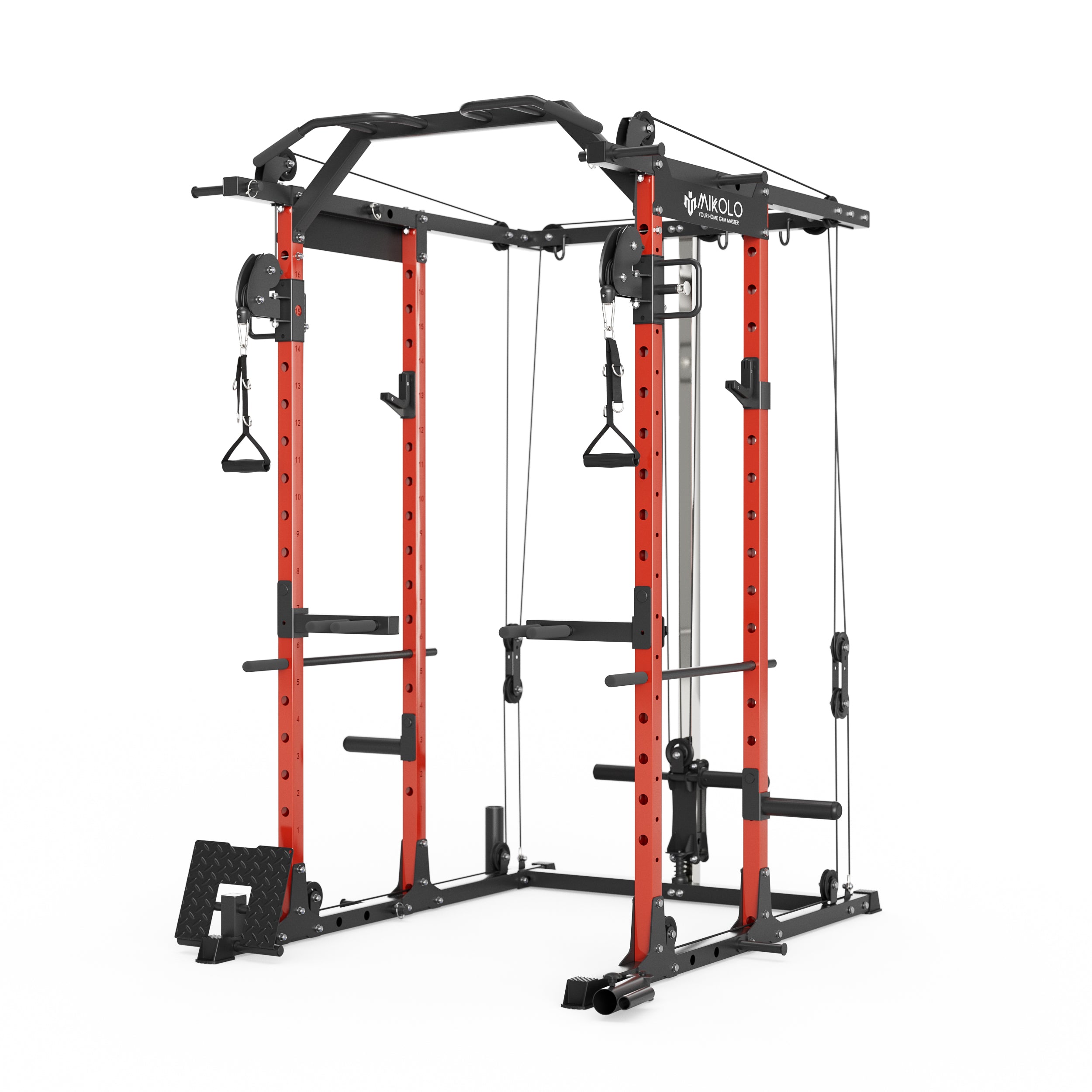
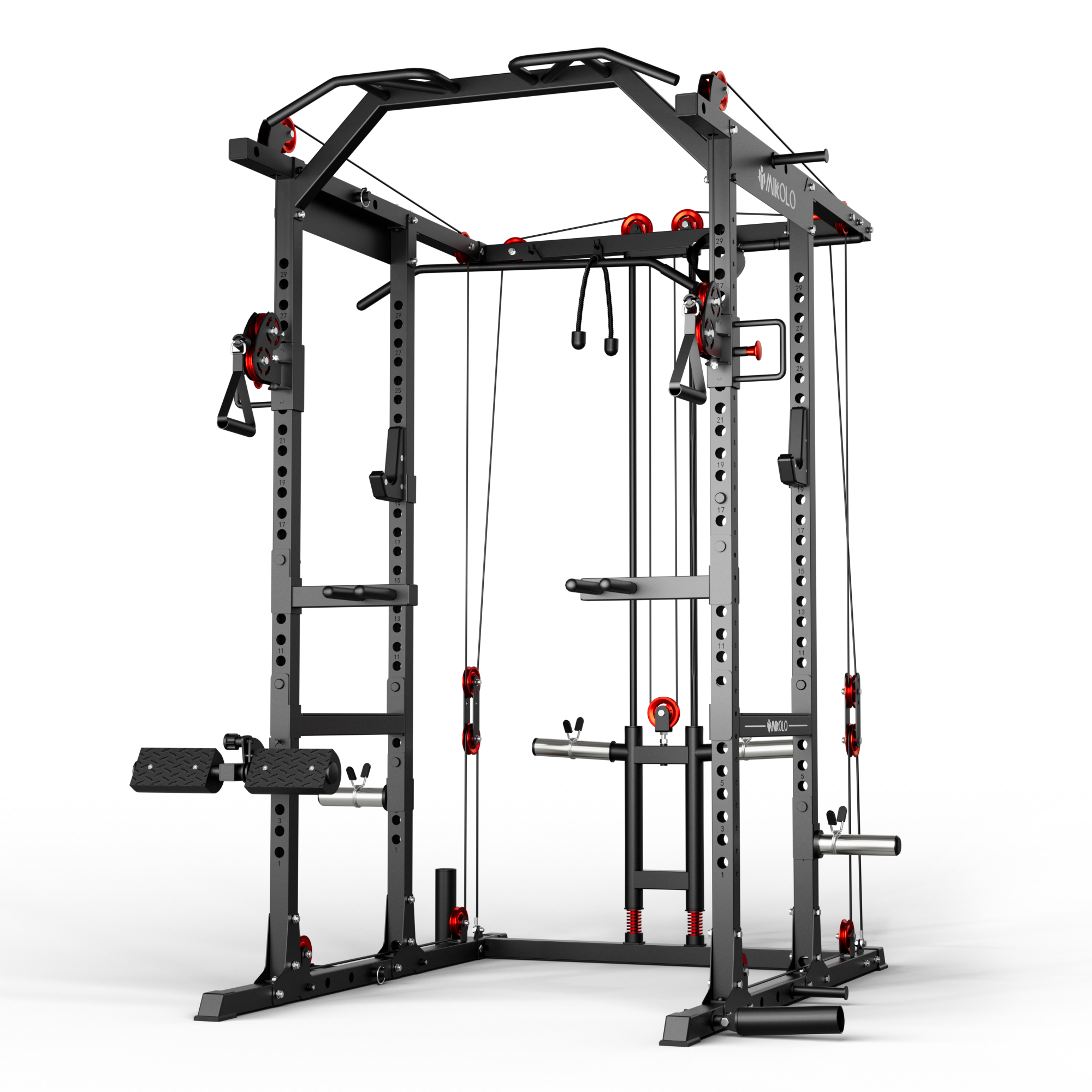

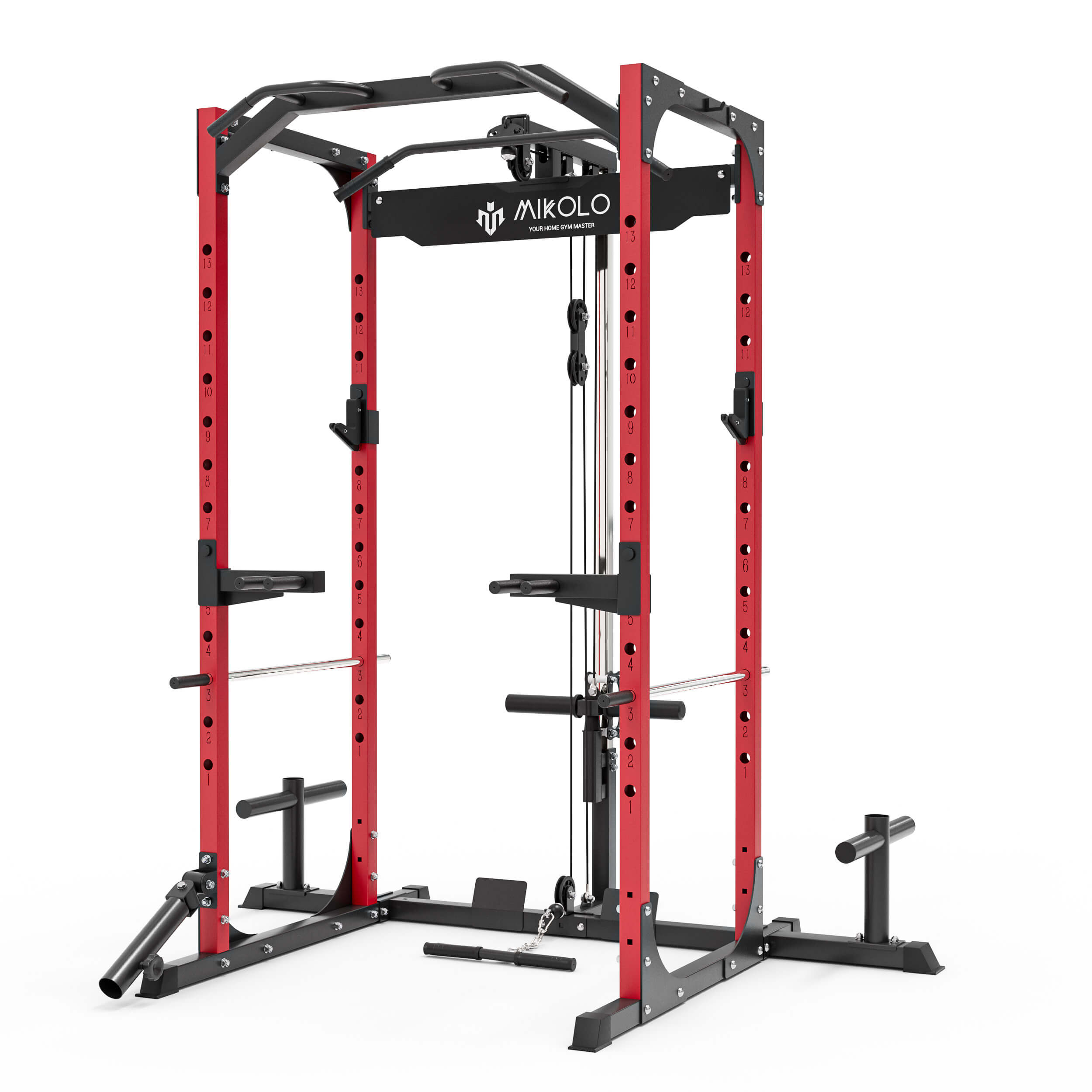

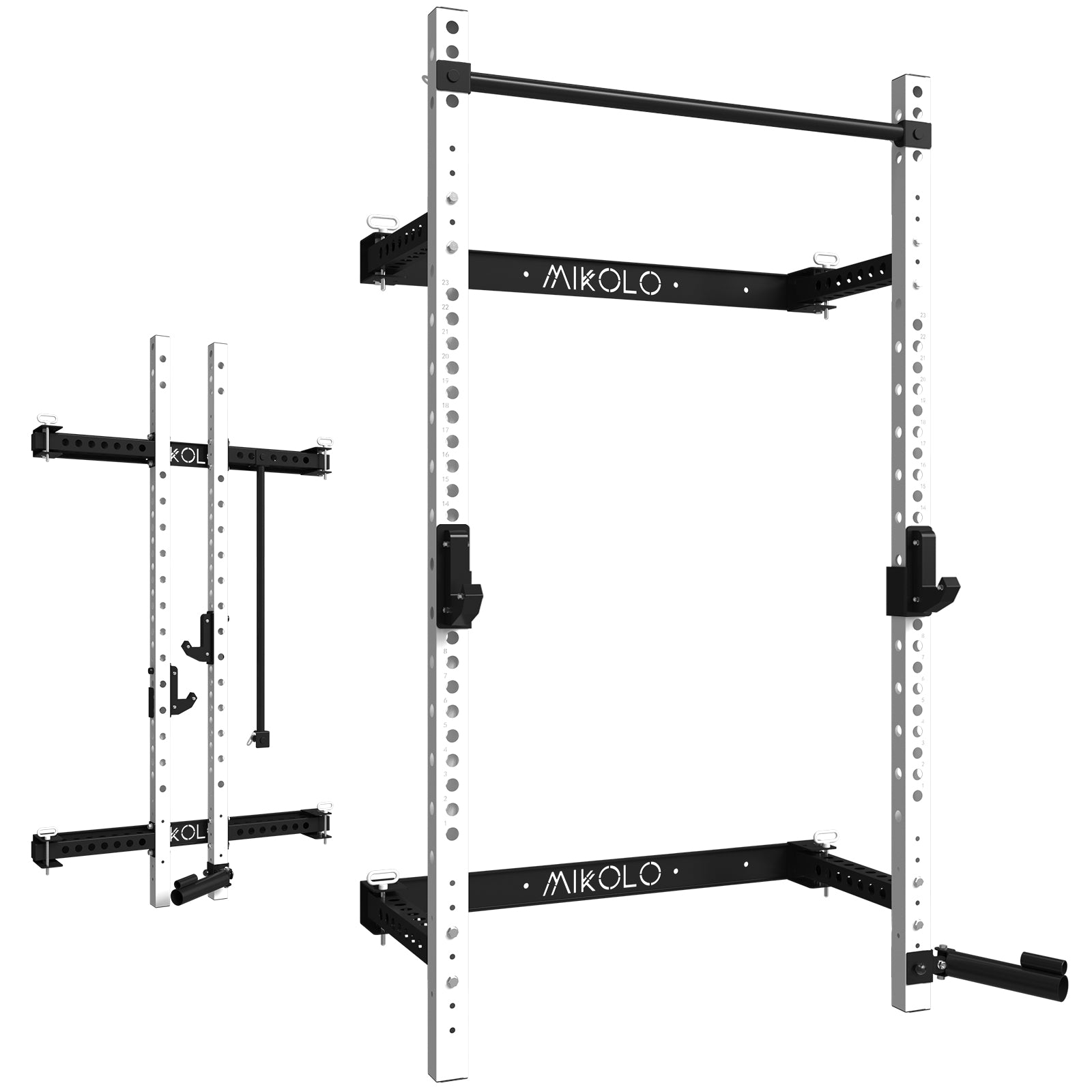

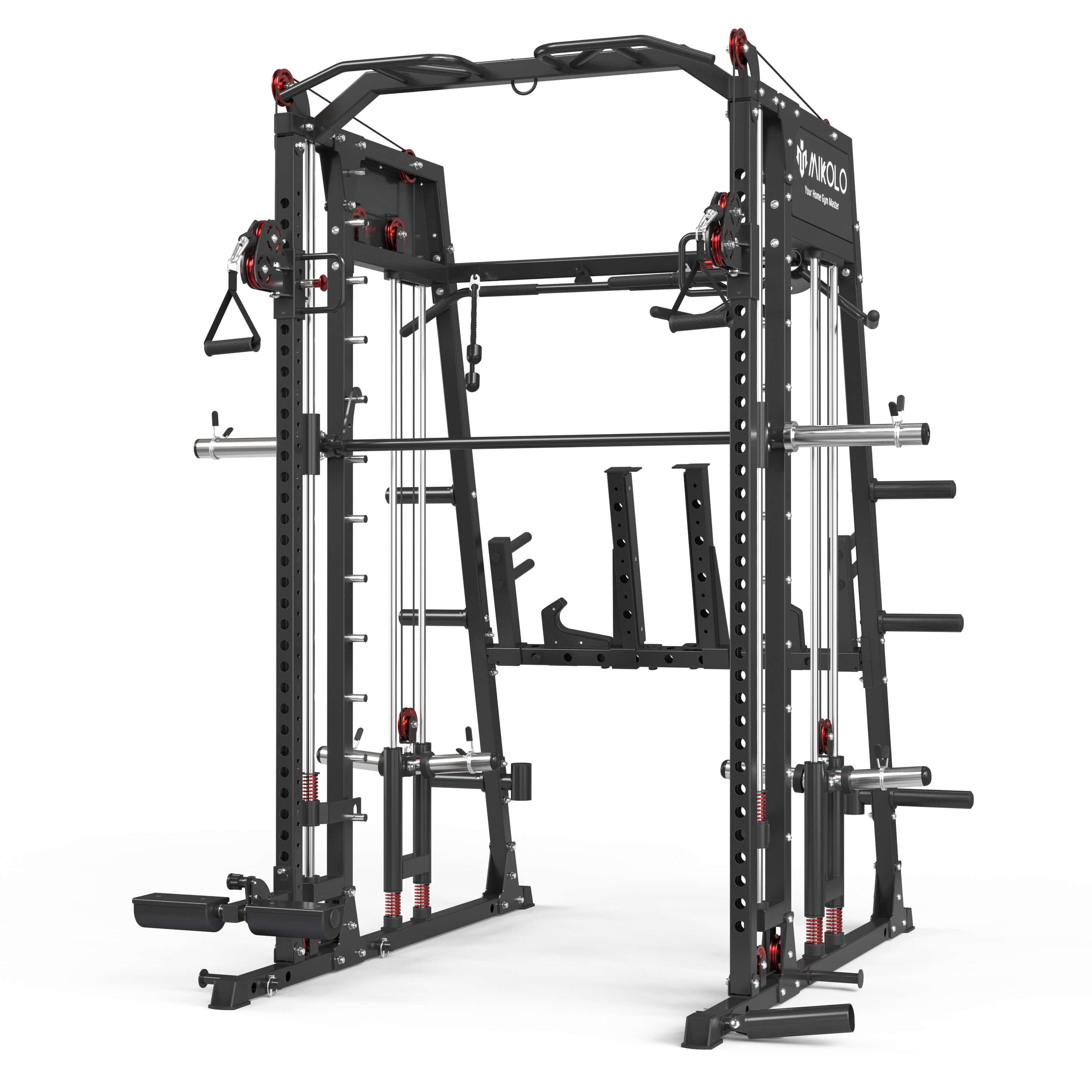
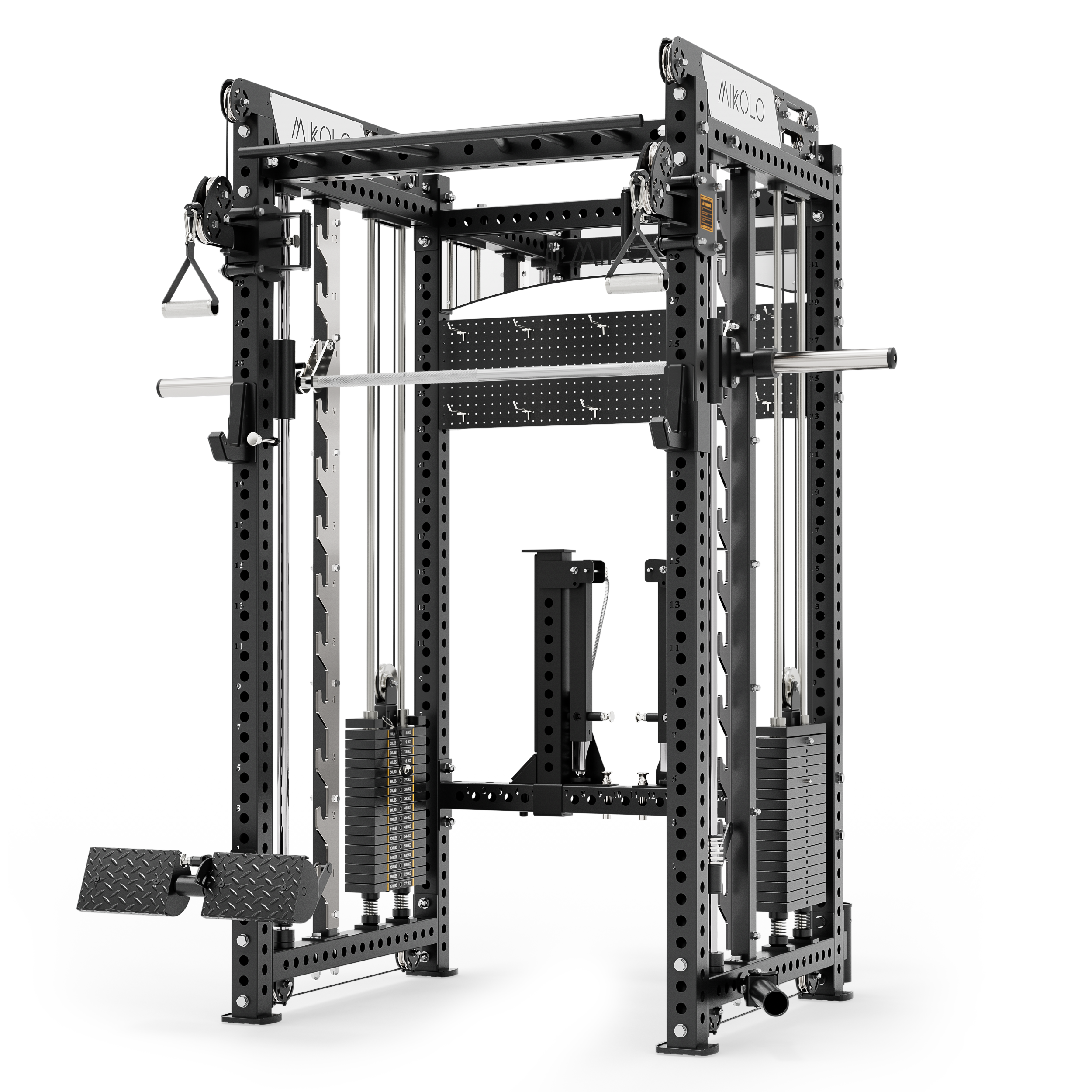
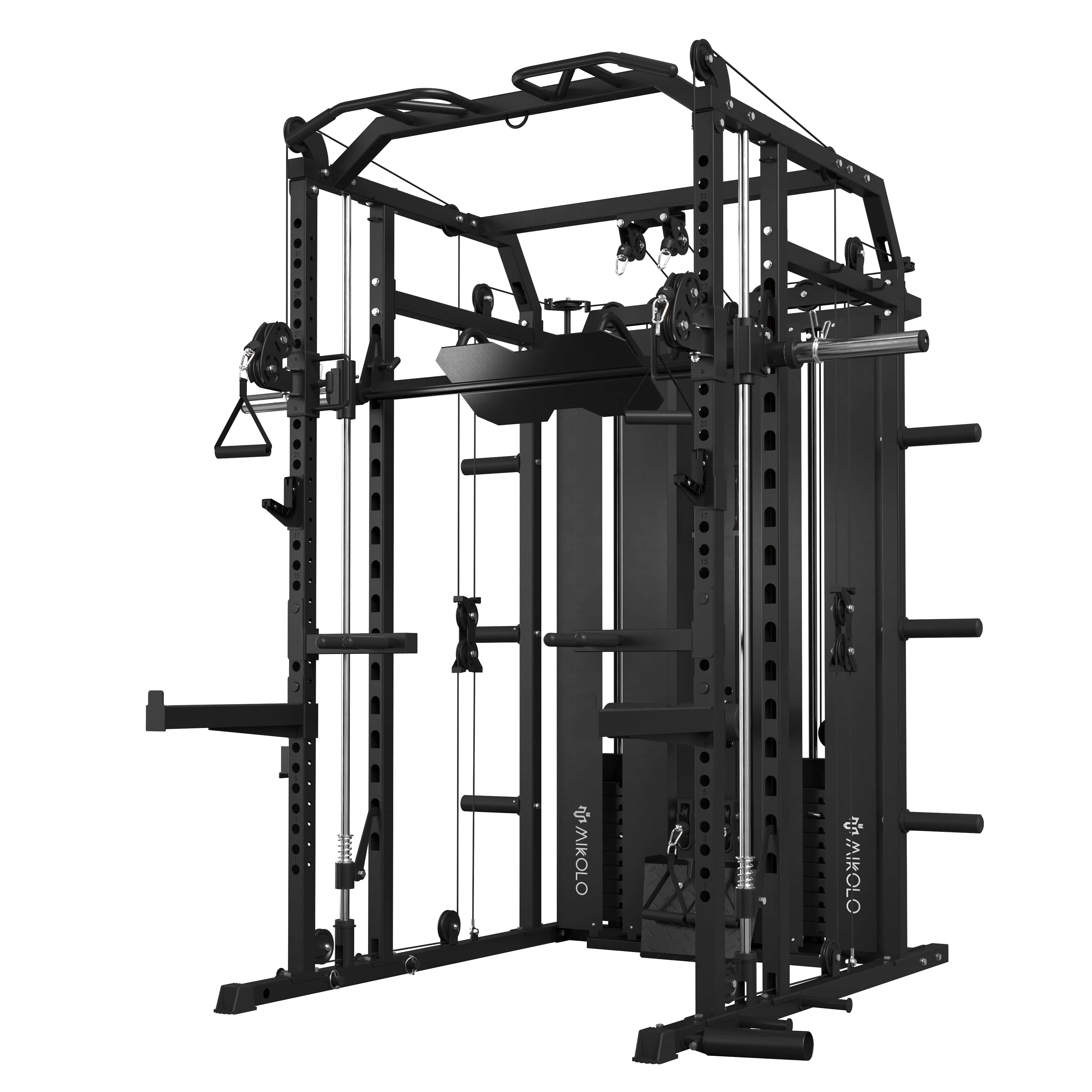
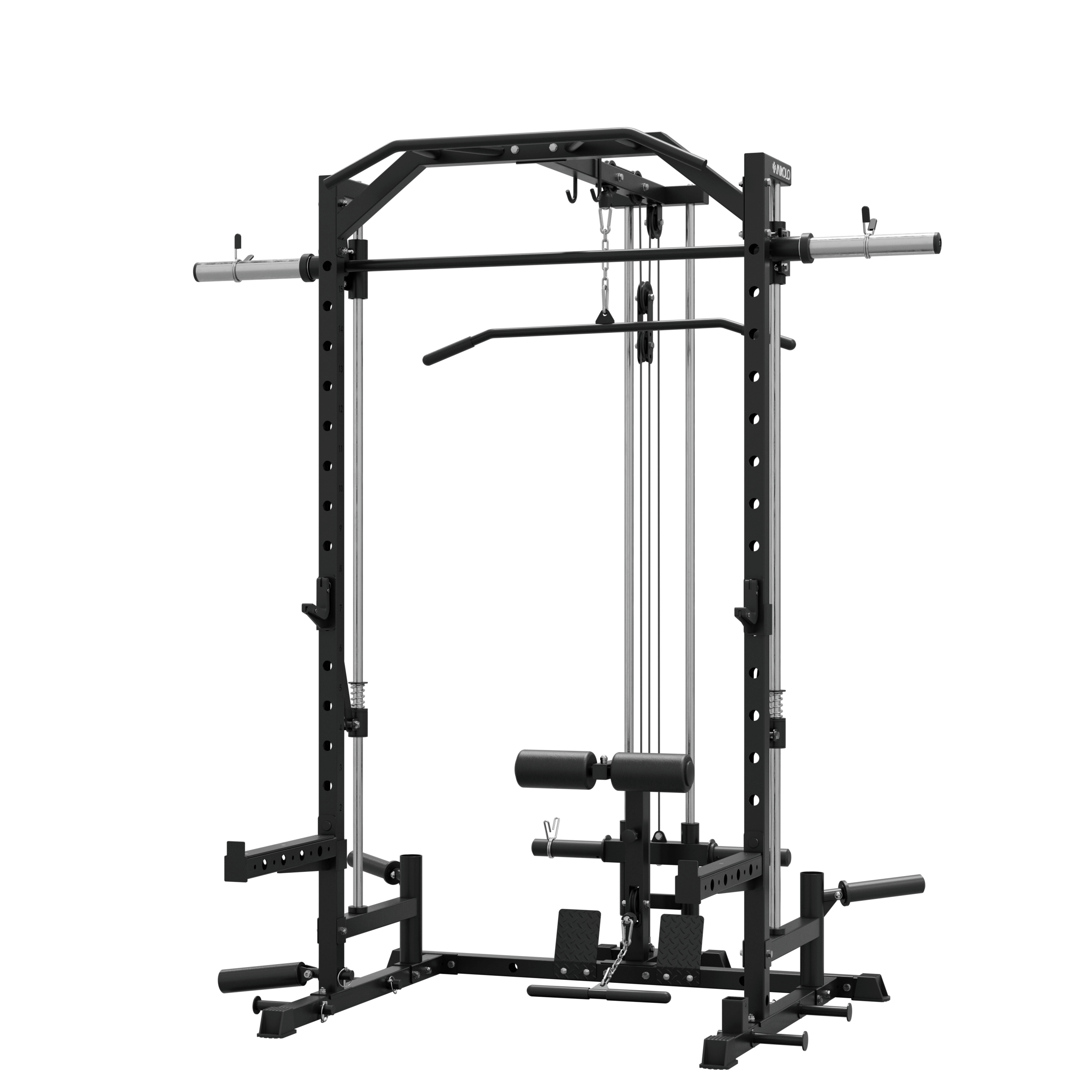
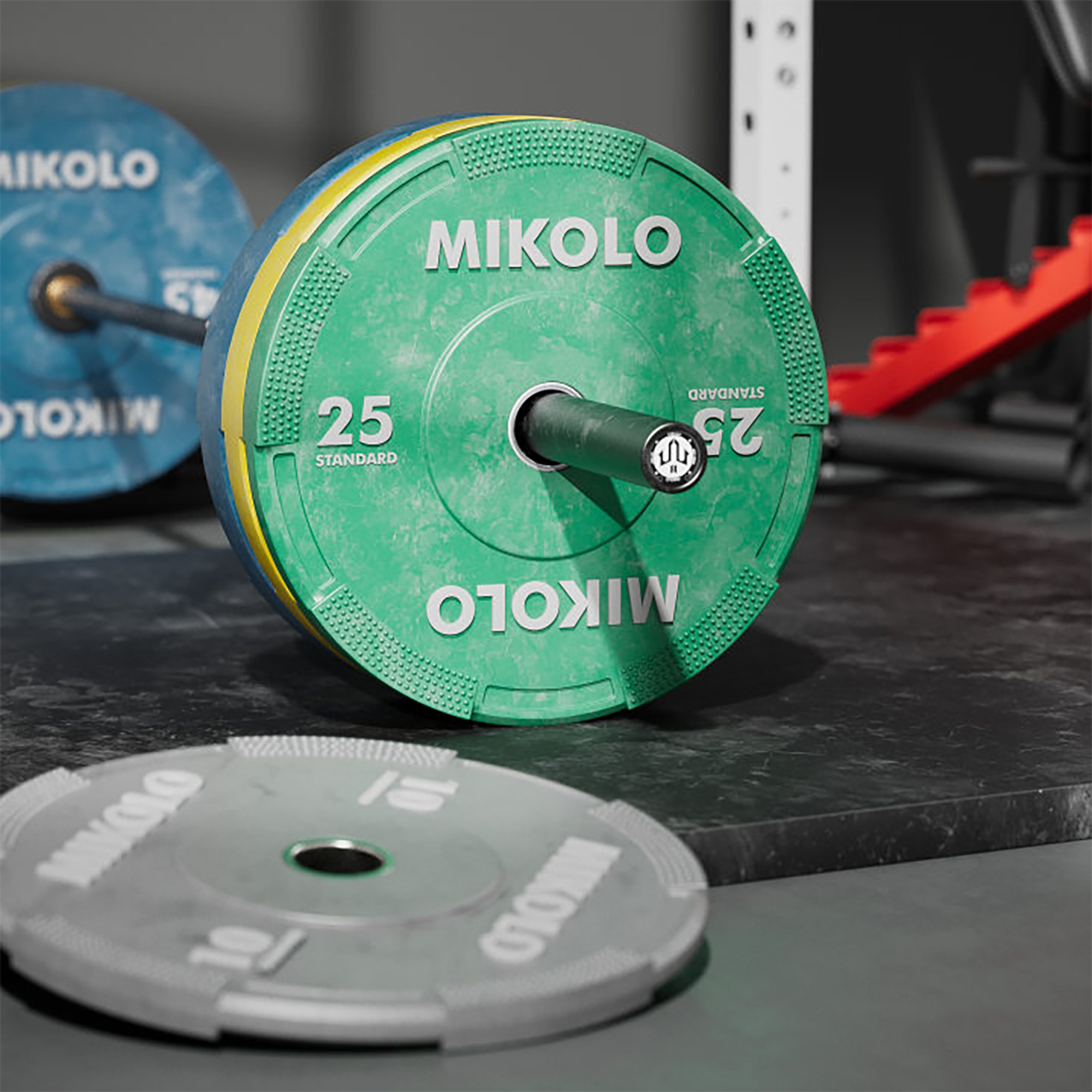






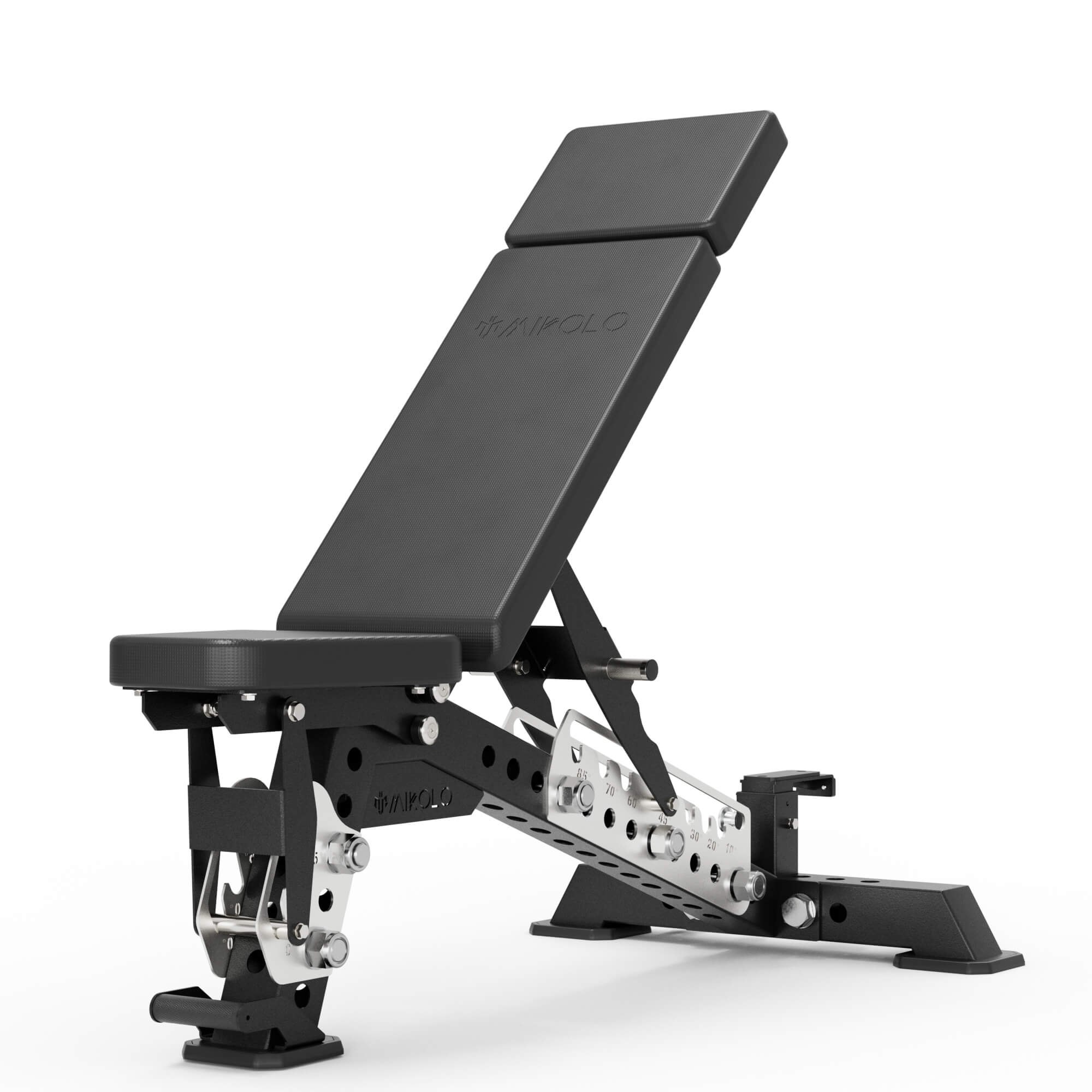
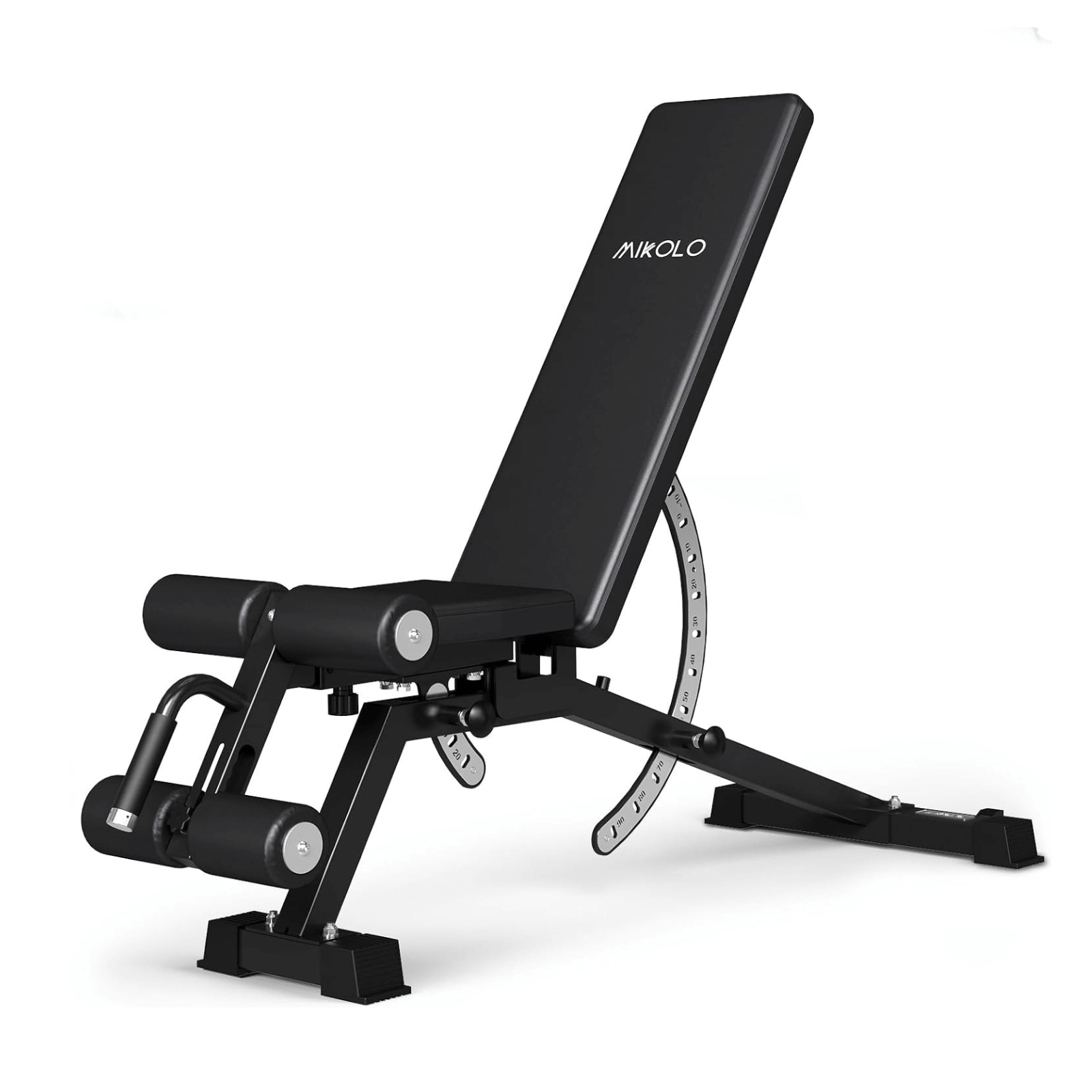




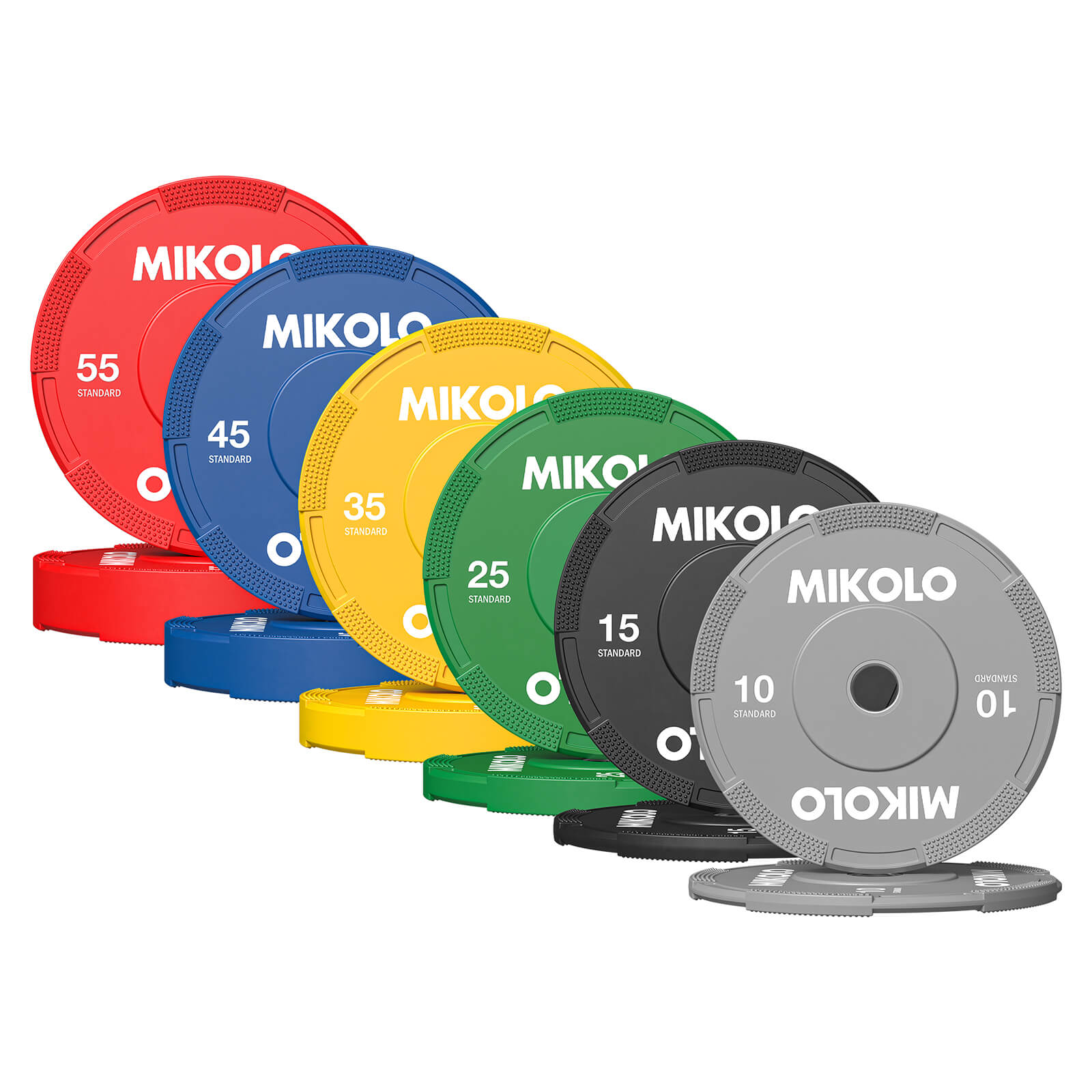
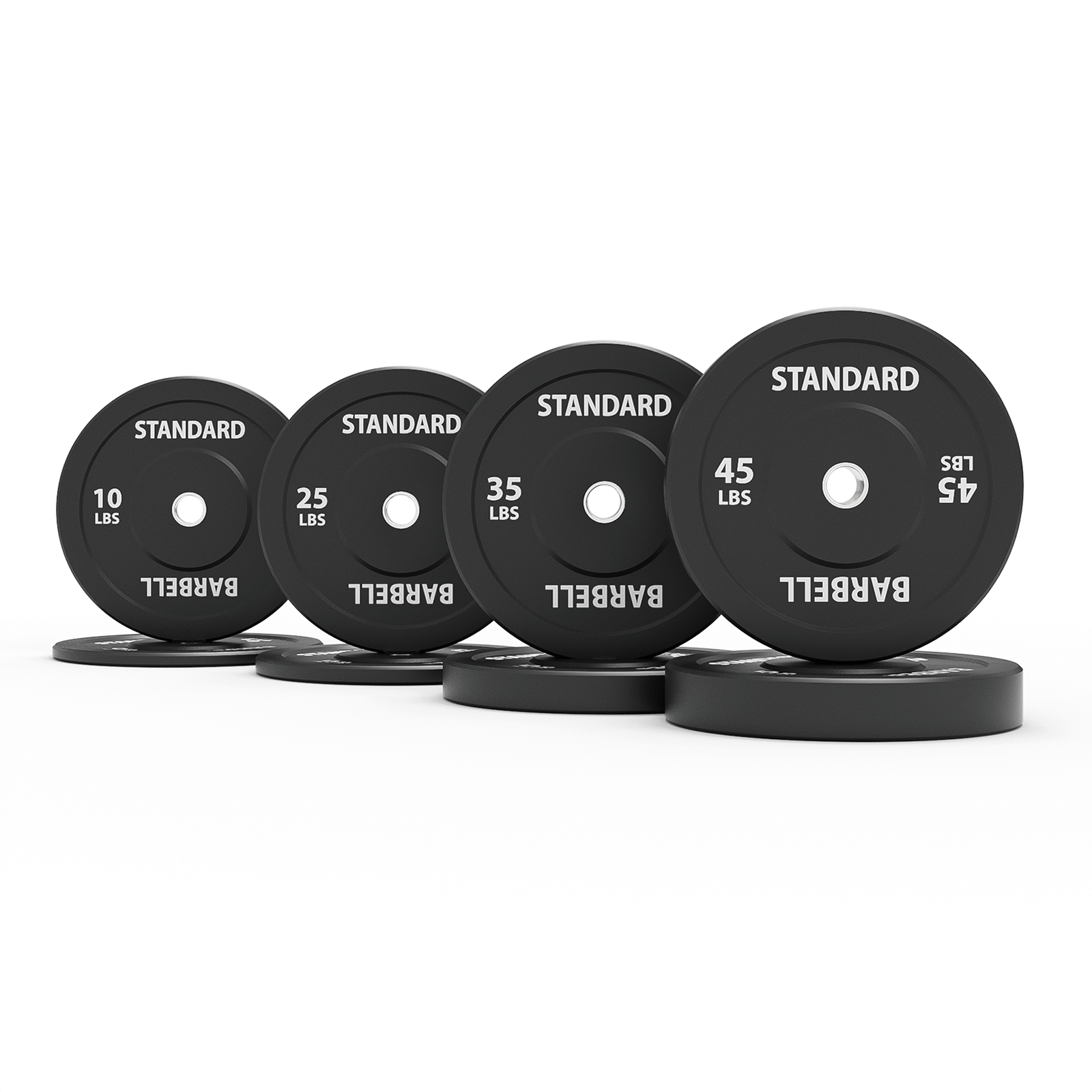
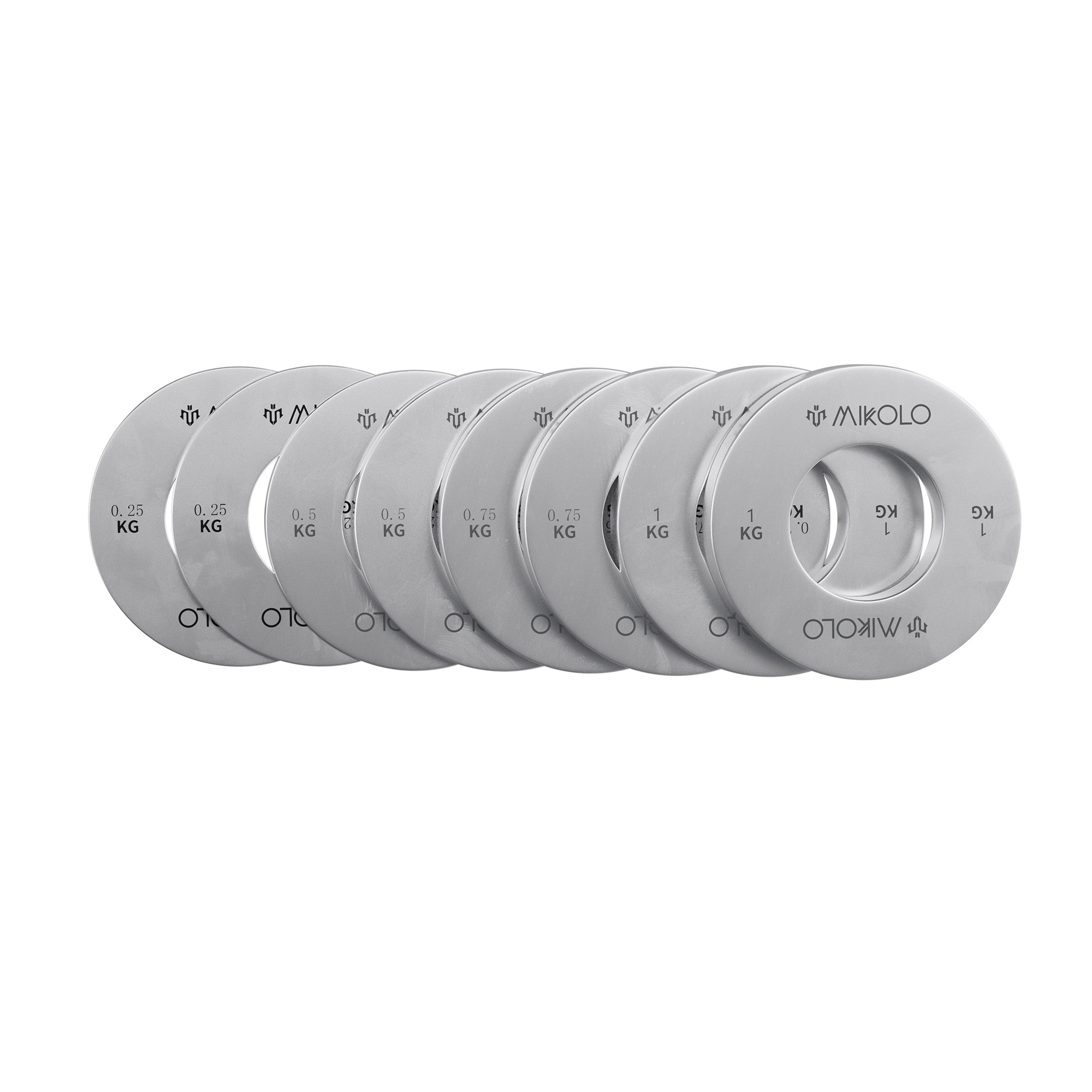
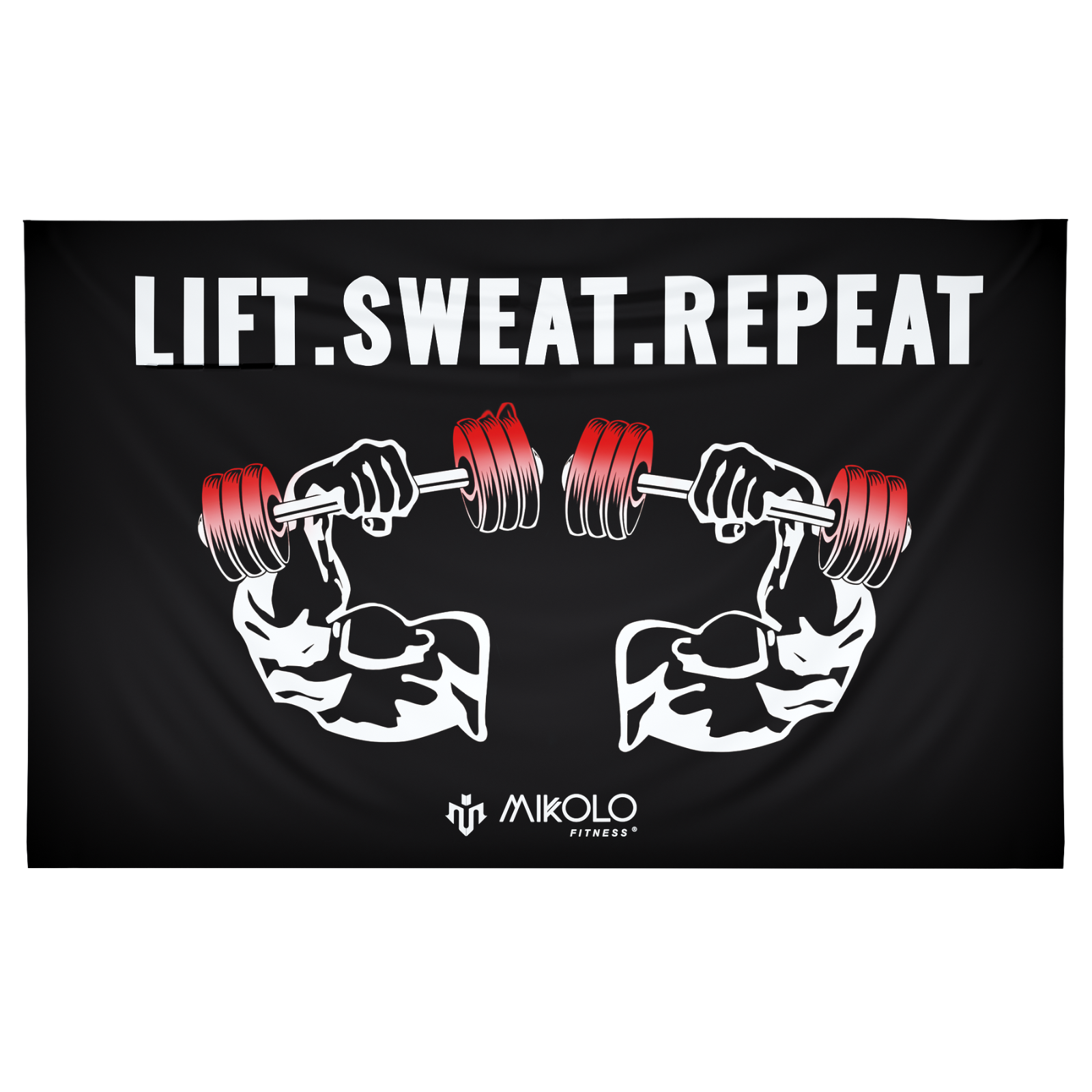
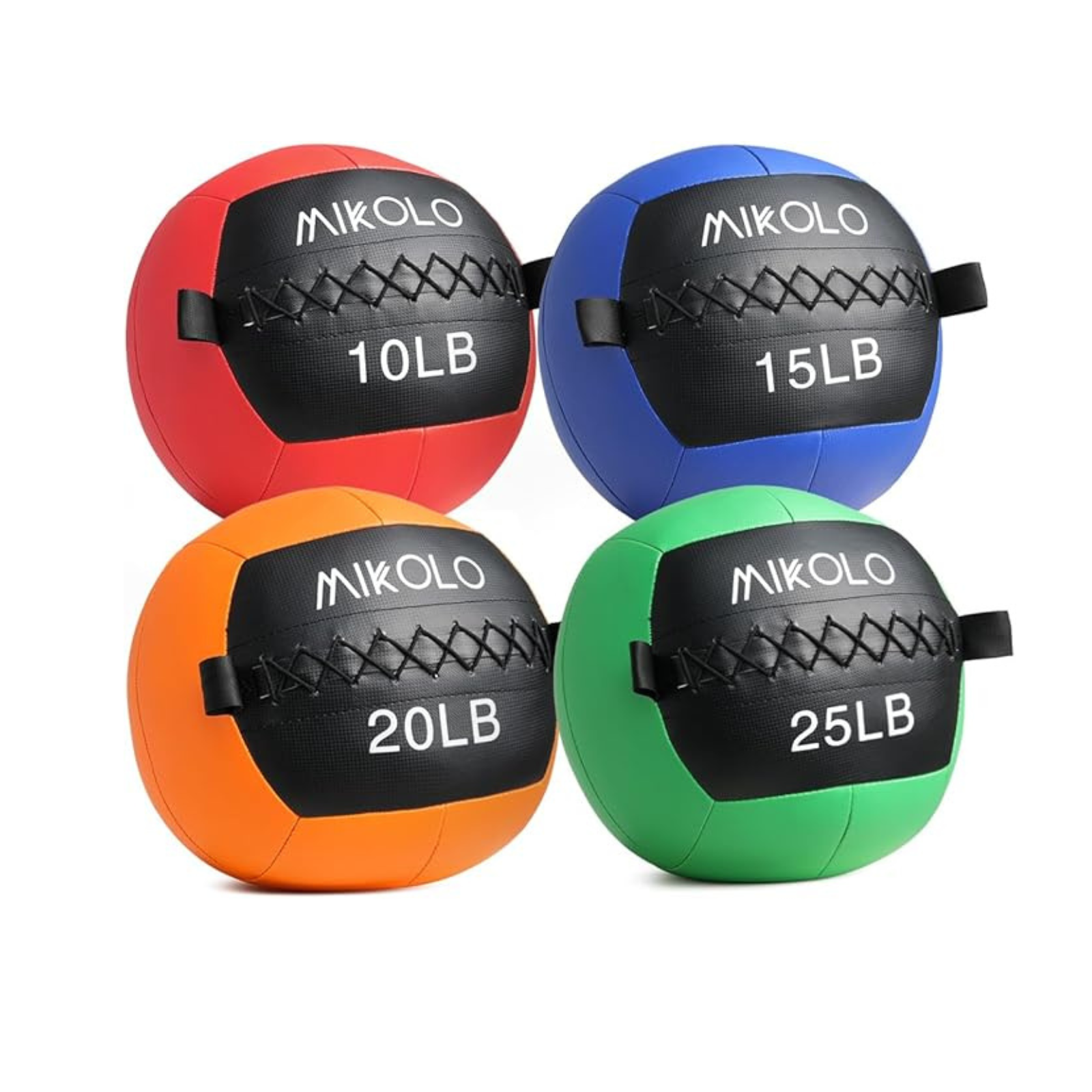
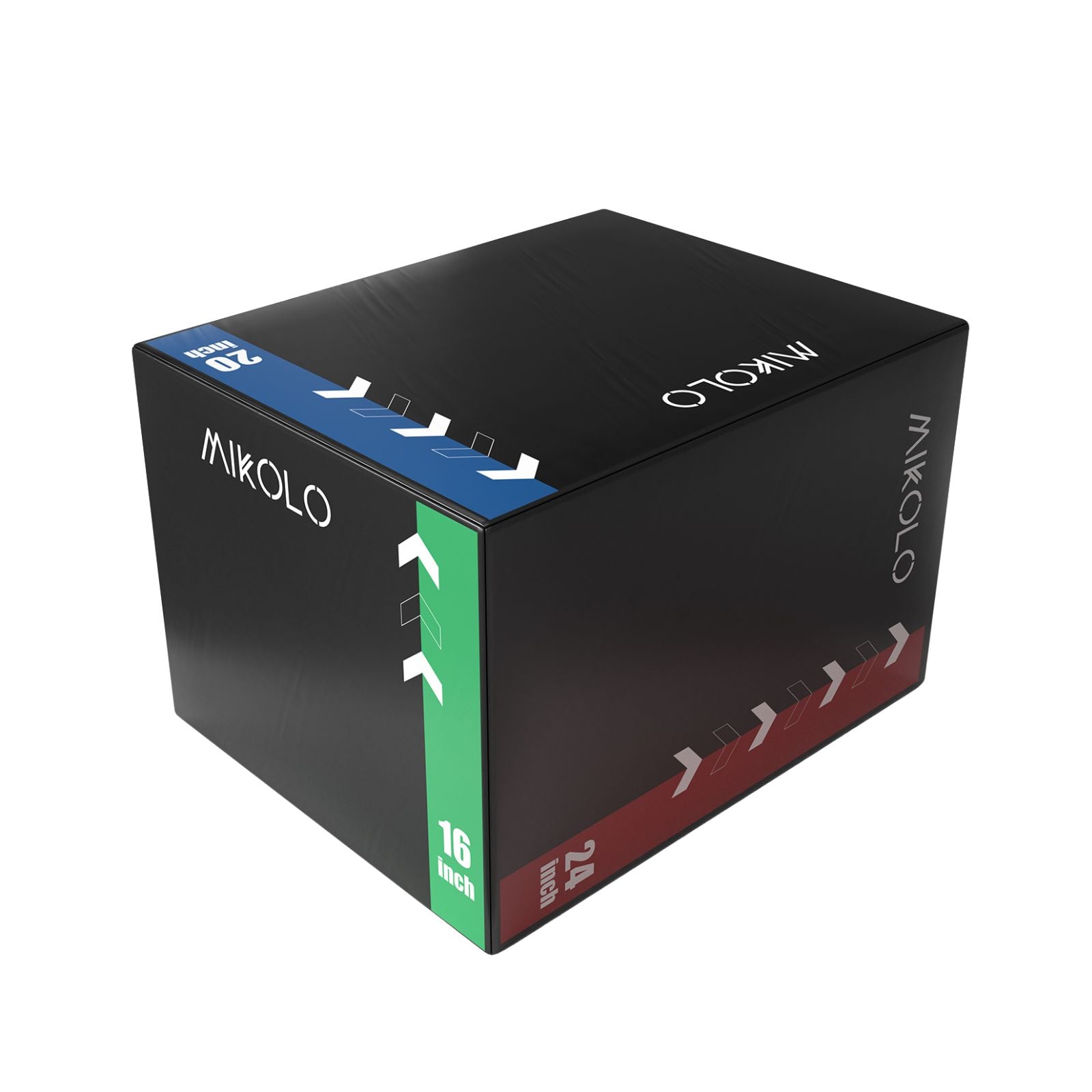

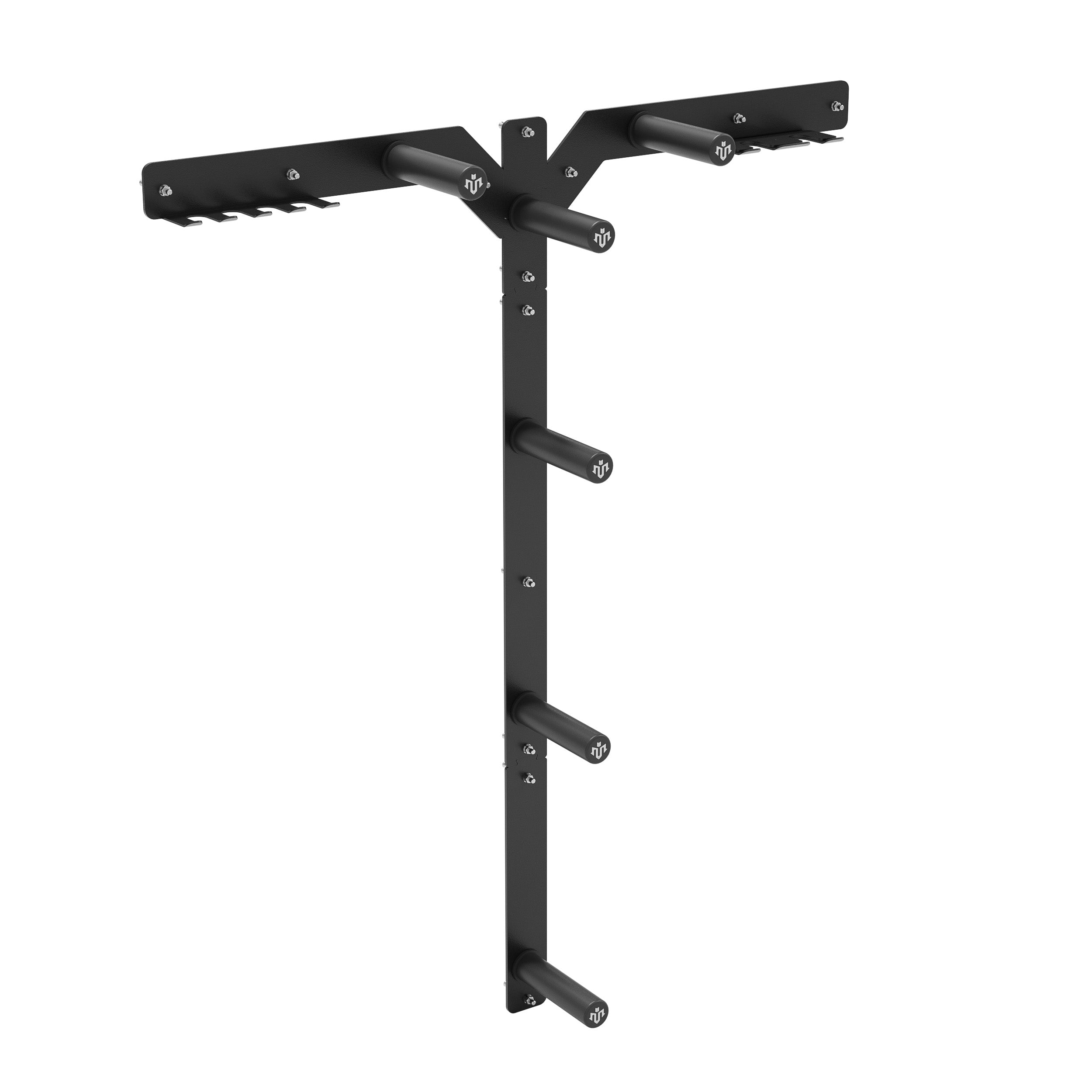




Leave a comment
This site is protected by hCaptcha and the hCaptcha Privacy Policy and Terms of Service apply.